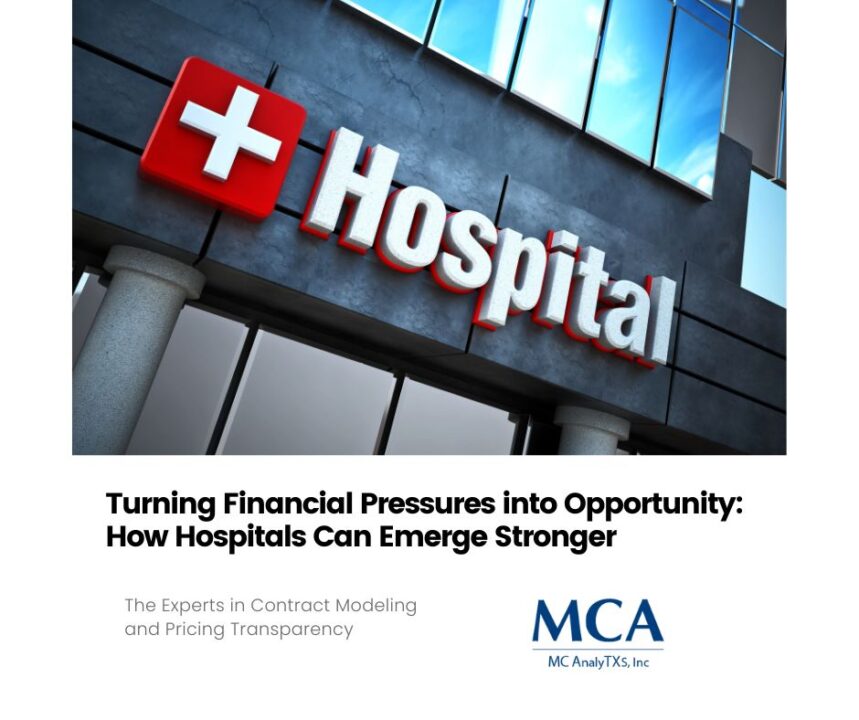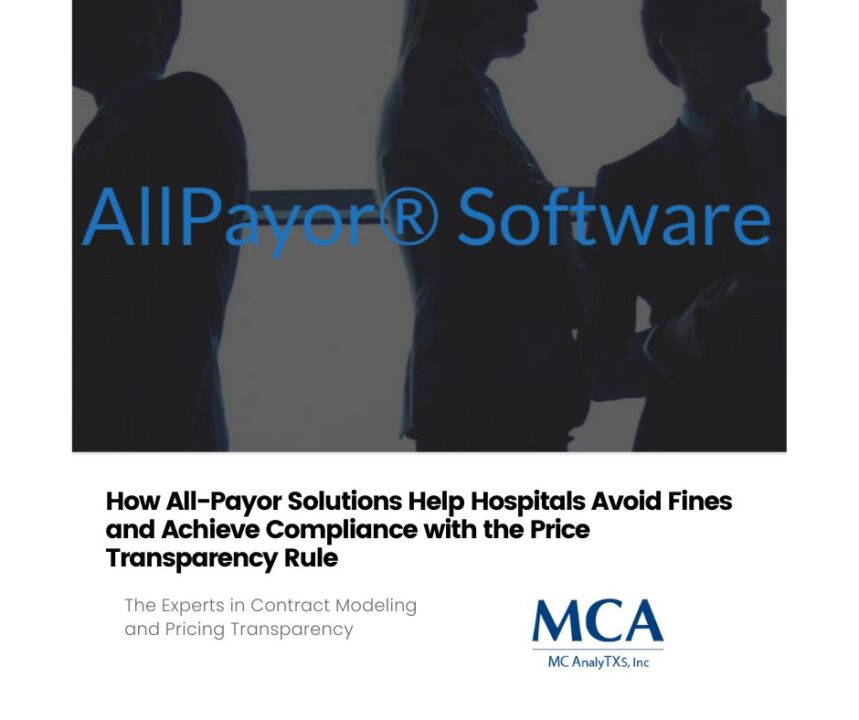
4 Ways AllPayor® Software Can Benefit Your Healthcare Organization
June 12, 2023
How to Provide a More Predictive View of Your Healthcare Organization’s Financial Performance
June 21, 2023The debt ceiling is a recurring political issue that impacts the healthcare industry. The debt ceiling is the maximum amount of money that the government can borrow to fund its operations. When the government reaches the debt ceiling, it must either increase the limit or default on its obligations.
This article will explore key ways the debt ceiling impacts healthcare providers.
- Medicare Reimbursement Rates
When the government reaches the debt ceiling, it can cause a significant reduction in Medicare reimbursement rates. Medicare is the federal government’s largest healthcare program, and it covers the majority of elderly and disabled American citizens. If the government is unable to borrow enough money to fund Medicare programs, this can cause a decrease in reimbursement rates. This can make it difficult for healthcare providers to continue providing quality care for Medicare beneficiaries. - Funding for Research and Development
The debt ceiling also impacts funding for research and development. The government provides significant funding for medical research, including grants for scientific studies, clinical trials, and other initiatives. When the government reaches the debt ceiling, this funding can be reduced or even eliminated. This can slow down the pace of medical research and make it more difficult for healthcare providers to access the latest treatments and technologies. - Hospital Funding
Hospitals also rely on government funding to provide essential services. When the government reaches the debt ceiling, it can cause a decrease in funding for hospital programs. This can make it challenging for healthcare providers to provide the necessary care for patients, including emergency care, surgical procedures, and other essential services. - Medicaid Programs
Medicaid is a federal healthcare program that provides health insurance to low-income individuals and families. When the government reaches the debt ceiling, funding for Medicaid programs can be reduced. This can make it difficult for healthcare providers to provide critical care to Medicaid beneficiaries, particularly those with chronic conditions. - Access to Healthcare
Ultimately, the debt ceiling can impact access to healthcare for millions of Americans. When the government reaches the debt ceiling, it can cause funding cuts for healthcare providers and limit access to essential programs. This can result in longer wait times, reduced quality of care, and potential closures of healthcare facilities in some areas.
In conclusion, the debt ceiling has significant impacts on healthcare providers and the healthcare industry at large. From Medicare reimbursement rates to funding for research and development, the debt ceiling can create significant challenges for healthcare providers and limit access to essential care for millions of Americans. As the government continues to navigate this recurring political issue, it is essential to consider the long-term impacts on the healthcare industry and take action to ensure that patients receive the care they need.
To learn more Join our next webinar Thursday, June 22nd at 1 pm CST





